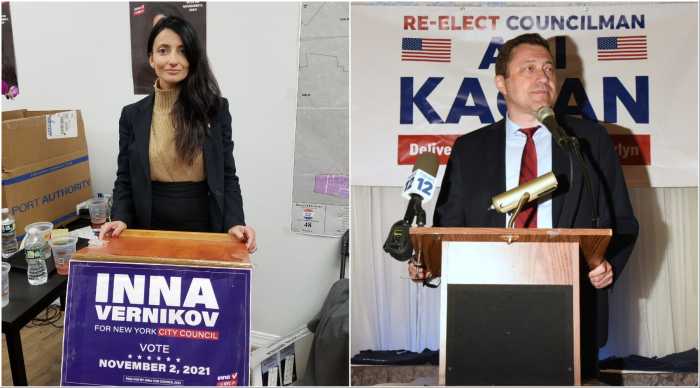If you want to know what has to be done to prevent disaster after the next superstorm, just ask the folks who lived through the last one.
That’s what the New York Rising Community Reconstruction Program did at its first “public engagement” meeting at the Waterford by the Bay senior living center on Oct. 7, picking the brains of Sandy survivors from Gerritsen Beach and Sheepshead Bay to come up with projects that could help prevent extreme damage from future storms.
After a year to take stock, there was general agreement on the basics.
“I think everybody’s saying the same thing,” said Theresa Scavo, who was selected as a member of the program’s local planning committee. “The infrastructure is antiquated, the sewer lines need to be made larger, the bulkheads need to be beefed up.”
The New York Rising Community Reconstruction Program is a federally funded initiative run by the New York State Housing and Urban Development agency aimed at tapping local experience to design projects to make Sandy-ravaged communities across the state more resilient in extreme weather. To that end, the state has formed committees of community leaders — like the one for Gerritsen Beach and Sheepshead Bay that met on Monday — tasked with submitting proposals that may ultimately become federally funded projects.
More than $500 million in federal funding and $250 million in state money will be available to implement the projects statewide.
The state has already put up the money to hire expert consultants from such fields as engineering, urban planning, disaster recovery, and architecture to work with the local committees to help them draft project proposals that have a good chance of passing muster when it’s handed over to the state next March. At the Waterford meeting Monday night, the volunteers met in a cramped room where they were briefed by the experts before splitting off into groups where they marked off community “assets” on maps of Gerritsen Beach and Sheepshead Bay.

Community assets they identified included parks, buildings, businesses, equipment, or infrastructure deemed essential to the proper functioning and character of the neighborhoods they serve.
Sheepshead Bay seemed to get most of the attention at Monday’s meeting, and the audience named the Bay’s fishing fleet, Emmons Avenue’s restaurants, and the subway lines as among some of the most important assets for the committee to protect.
As far as some ideas that might be turned into proposals, Scavo said the committee is interested in seeing the seawalls off of Plumb Beach and Emmons Avenue go up a few feet.
The next outreach meeting, where members of the public are invited to hear about the planning committee’s progress and offer their own ideas, will be in Coney Island on Oct. 22.
New York Rising Community Reconstruction Program Coney Island Public Outreach Meeting at Abraham Lincoln High School [2800 Ocean Parkway near the Belt Parkway, (855) 697–7263, stormrecovery.ny.gov/nyrcr/regions/new-york-city]. Oct. 22, 7 pm, free.


























